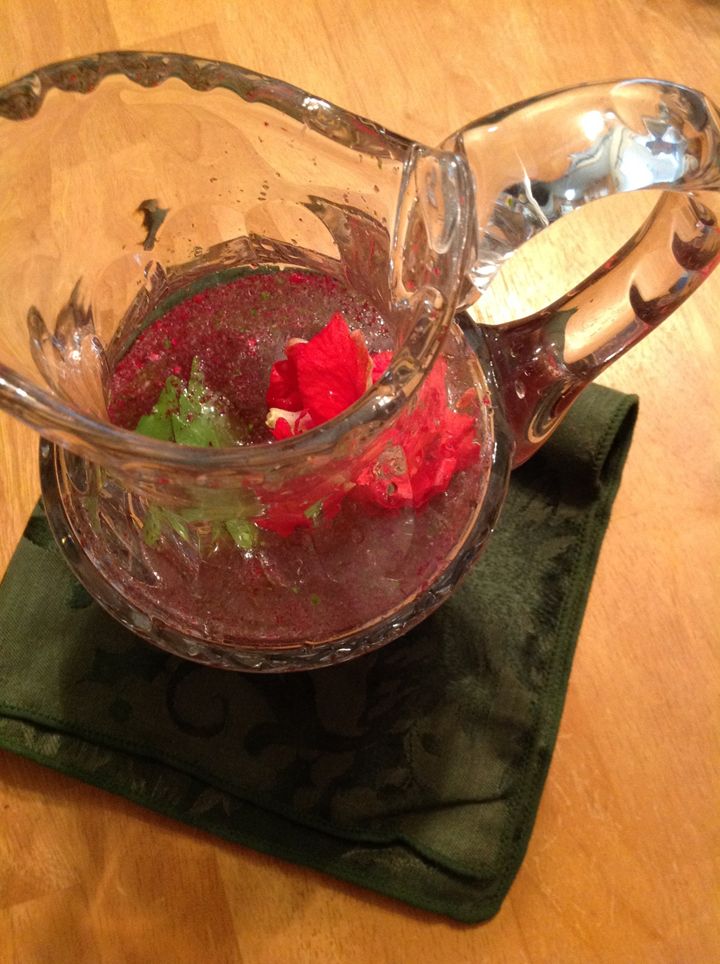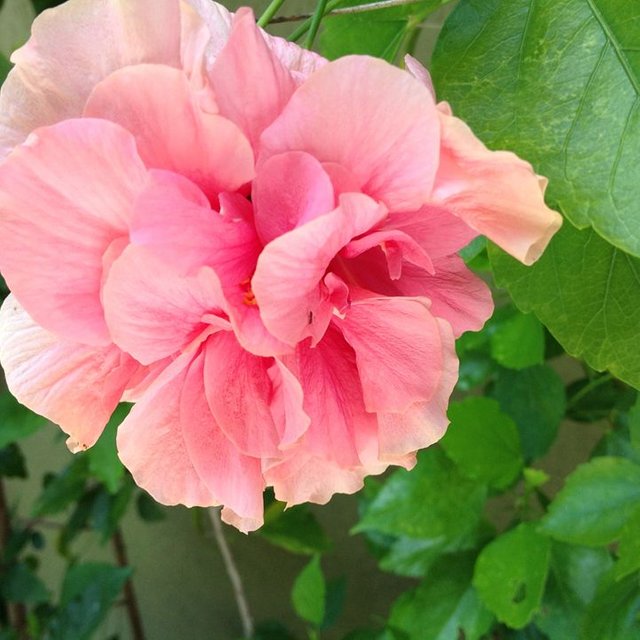Survival Food Series: Eat the Weed(s), Flowers and Roots! What You Can Eat From Your Own Backyard!

Abundance in your own backyard! God gives us all we need, all we have to do is become tuned in. In this series, I will help you discover one by one, edible foods in your own yard or neighborhood blooming right around you. These delicacies are life sustaining and packed with essential vitamins and minerals and many are edible from flower to root.
Plant #1 Hibiscus as it is known in tropical regions and Hollyhock or Rose of Sharon in the northern climates. All are members of the malvaceaeor or mallow family of plants.
The entire plant is edible with the flowers being just wonderful to pop in your mouth while on a hike! I once did this while sitting at a hotel pool and the entire pool population thought I was nuts! As noted in one of my favorite books on edibles, The Wild Wisdom of Weeds, Katrina Blair states, “The ancient Egyptians may have been the first to make marshmallows from the mallow plant, although the French also used the mallow to create a similar desert called pate de guimauve, which combines the mallow root, sugar and eggs.” Unfortunately, today’s marshmallows are made with processed, unfriendly ingredients.
Luckily for us however, there are easy ways to benefit from this wonderful plant. You can add the flowers and tender young growth to your salads adding both nutrition and beauty to the presentation.
Crushing the stems, leaves, and flowers and mixing it with cold water is one of my favorite ways to alkalize your body and make a cool refreshing drink, especially in summer. The mucilaginous content of the plant has many wonderful health benefits: the flowers and leaves are high in vitamin c, packed with anti-oxidants and can be used to sooth mucus membranes when you have a cold or flu. The mallow family of plants is also protective to the liver.

Disclaimer: As with all edibles, you want to collect away from roadsides that might be covered in heavy metals or other contaminates.
This is not intended to be medical or expert advice. Readers of this article and harvesters of all plants takes full responsibility for use of any plant and should use appropriate precautions in identification of any plant before ingesting.
Credits:
One of my favorite books on edibles, The Wild Wisdom of Weeds, 2014 Katrina Blair
University of Florida http://edis.ifas.ufl.edu/topic_handbooks
Photographs are original